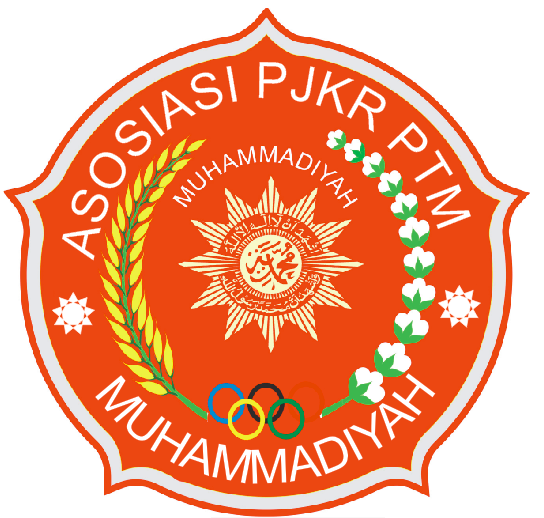The Effect Of Time Control Speed Strength and Plyometric Training On Improving Lower Limb Eksplosive Power In Long Jump Athletes From West Java PPLP
Abstract
This thesis is based on the author's observation of one of the supporting factors in long jump sports, which is the explosive power of the leg muscles. This sport requires optimal explosive power of the leg muscles to achieve the best jumping results. The purpose of this study is to determine the influence of the Time Control Speed Strength (TCSSM) training method and the plyometric training method, as well as the differences between these two methods, on the improvement of leg muscle explosive power in the long jump athletes of PPLP West Java. The research method used in this study is the Two Group Pretest-Posttest Design experiment. The sample consists of 8 long jump athletes from PPLP West Java, selected using the total sampling technique and divided into two groups: the TCSSM group and the plyometric group. The instrument used in this study is the standing broad jump test. Based on the data processing and analysis, both TCSSM and plyometric training methods have a significant influence on the improvement of lower leg explosive power in the long jump athletes of PPLP West Java. However, considering the overall study, the plyometric training method showed better results in improving leg muscle explosive power in long jump athletes. Therefore, it can be concluded that the plyometric training method has a more significant impact compared to the Time Control Speed Strength training method on the improvement of leg muscle explosive power in the long jump athletes of PPLP West Java. The author suggests further research on plyometric training to enhance leg muscle explosive power using different methods or systems within plyometric training, based on what the researcher has already explored regarding its effects on enhancing leg muscle explosive power.
Downloads
References
Chu, D. A. (2013). Jumping into plyometrics. In National Strength and Conditioning Association Journal (Vol. 9, Issue 1). https://doi.org/10.1519/0744-0049(1987)009<0067:JIP>2.3.CO;2
Harsono. (1988). Coaching dan Aspek-Aspek Psikologis Dalam Caoaching. Tambak Kusuma CV.
Hayanti, N. (2022). Pengaruh Metode Latihan Power Otot Tungkai Terhadap Hasil Lompat Jauh Gaya Jongkok Pada Peserta Didik Putra Kelas Xi Man 2 Kampar. Sport Pedagogy Journal, 11(2), 25–31. https://doi.org/10.24815/spj.v11i2.27576
Radcliffe, J. C & Farentinos, R. C. (1985). Plyometrics Explosive Power Training. (2nd ed. Champaign. Illionis (ed.)). Human kinetics Published, Inc.
Sidik, Z. D. (2019). Pelatihan Kondisi Fisik. PT Remaja Rosdakarya.
Sugiyono. (2013). Metode Penelitian Pendidikan Pendekatan Kuantitatif, Kualitatif,dan R&B. Alfabeta.
Yunyun Yudiana, Herman subardjah, T. J. (2019). Latihan fisik pada. Latihan Fisik.
Copyright (c) 2025 JUARA : Jurnal Olahraga

This work is licensed under a Creative Commons Attribution-ShareAlike 4.0 International License.












